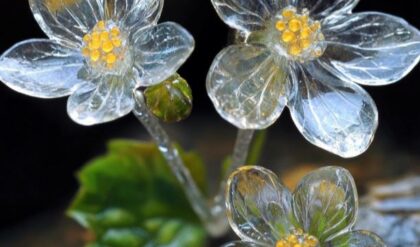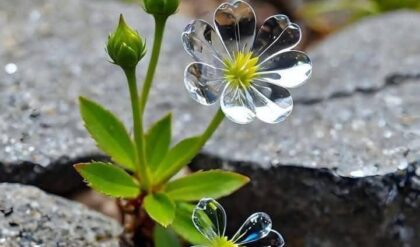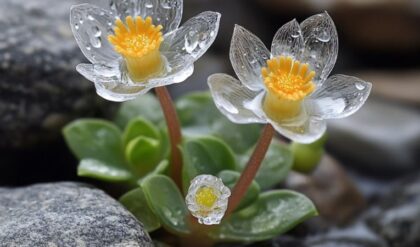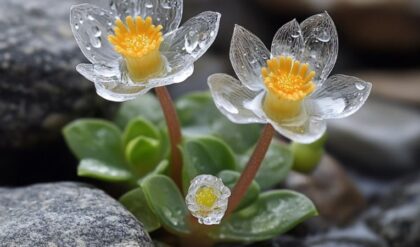The elephant ear plant, renowned for its exotic appearance and giant leaves, captivates garden enthusiasts with its variety. Typically classified under the genera Colocasia, Alocasia, and Xanthosoma, these tropical plants are celebrated not only for their aesthetic appeal but also for their adaptability to different garden environments. Understanding the diverse types of elephant ear plants can enhance one’s gardening experience, encouraging creativity in landscape design.
Different Genera: A Family of Unique Characteristics
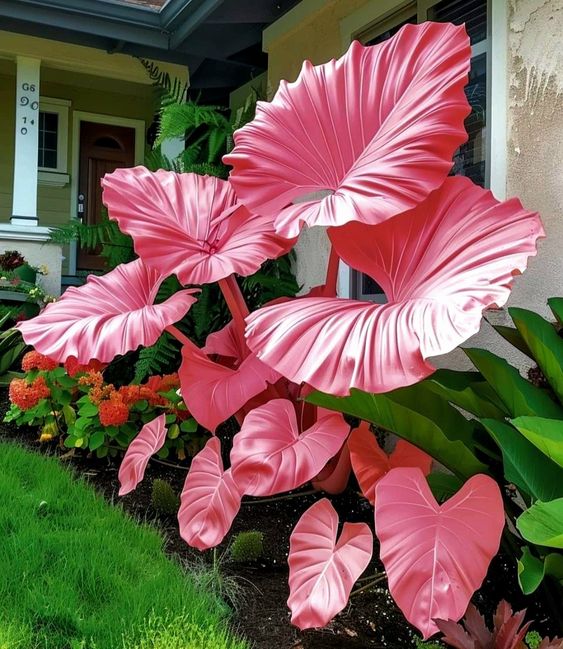
Colocasia
Among the most commonly recognized species is Colocasia esculenta, often referred to as taro. This genus features a luscious green color and robust structures, making it a favorite for creating dramatic focal points in gardens. Cultivated for thousands of years, especially in Asia and Polynesia, Colocasia extends beyond visual beauty as it’s also harvested for its edible corms. Its role in cultural cuisines highlights an intersection between aesthetics and utility in gardening, emphasizing how plants can serve dual purposes .
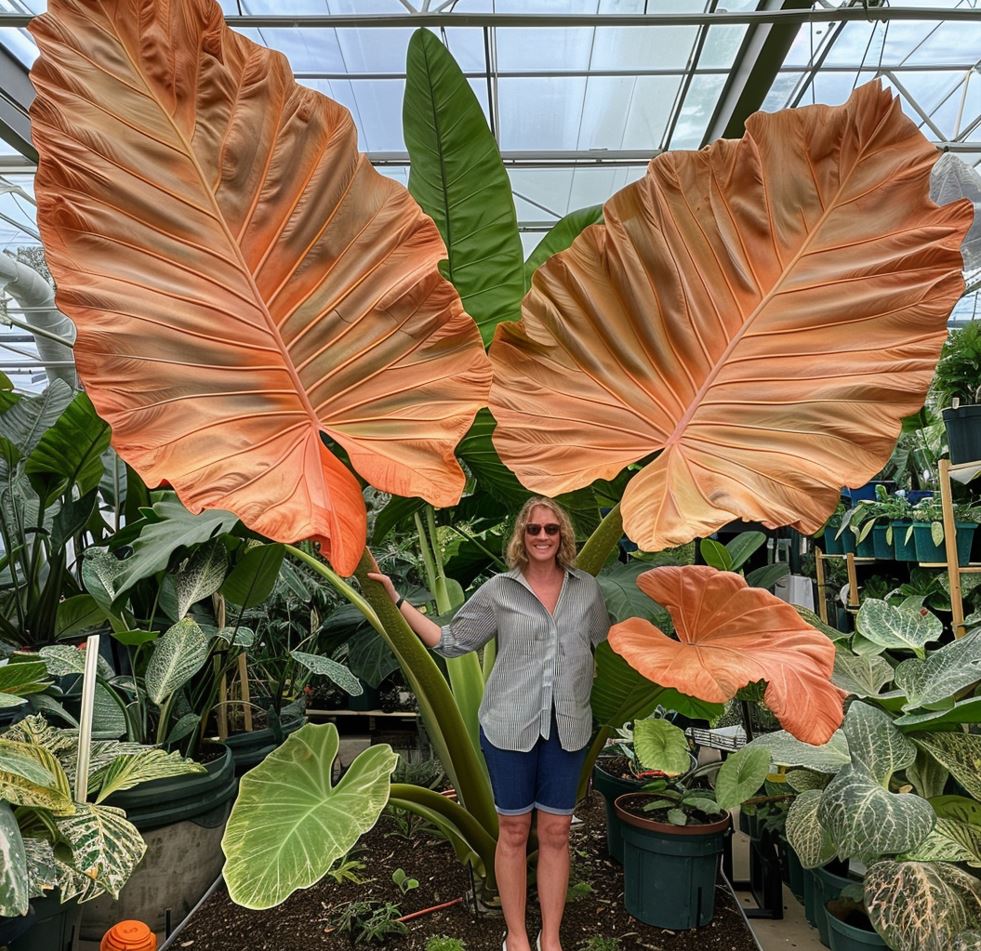
Alocasia
Distinct from its Colocasia cousins, Alocasia varieties showcase unique leaf shapes and striking patterns that appeal to lovers of ornamental plants. Known for their dramatic veining and more upright growth habits, alocasias can transform ordinary spaces into botanical spectacles. Varieties such as ‘Polly’ or ‘Amazonica’ present a captivating look that evokes visual artistry, refining any garden into an exotic paradise. The high contrast of dark greens with striking veins could parallel a painter’s brush strokes on a canvassed sky—a poetic symphony amidst nature .
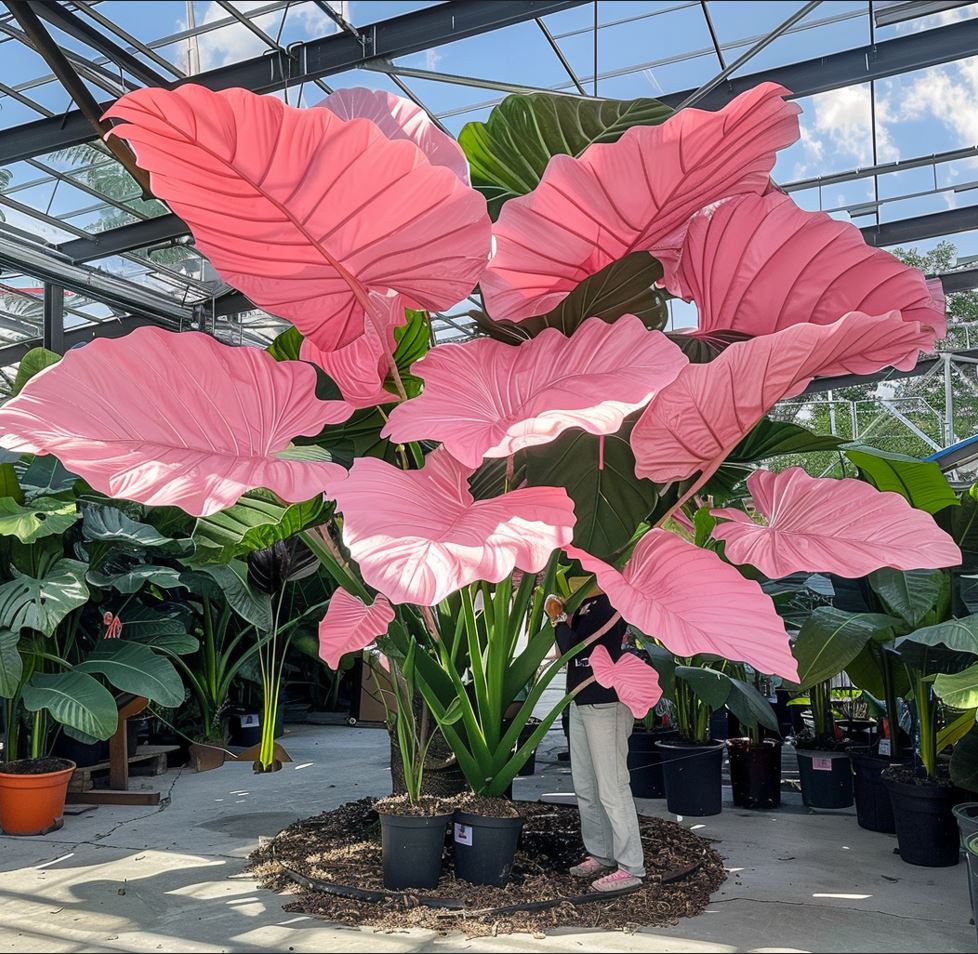
Xanthosoma
Like Colocasia, the Xanthosoma genus offers both ornamental and functional benefits. Frequently known as ‘tannia’ or ‘malanga,’ these plants provide edible tubers akin to taro. Gardeners who appreciate versatility often find joy in embracing this plant; it can serve as both a bold decorative element and a source of nourishment. The juxtaposition of culinary usage and striking foliage adds layers to garden design—not simply cultivating a space for beauty but intertwining survival instincts deeply rooted in agricultural practices .
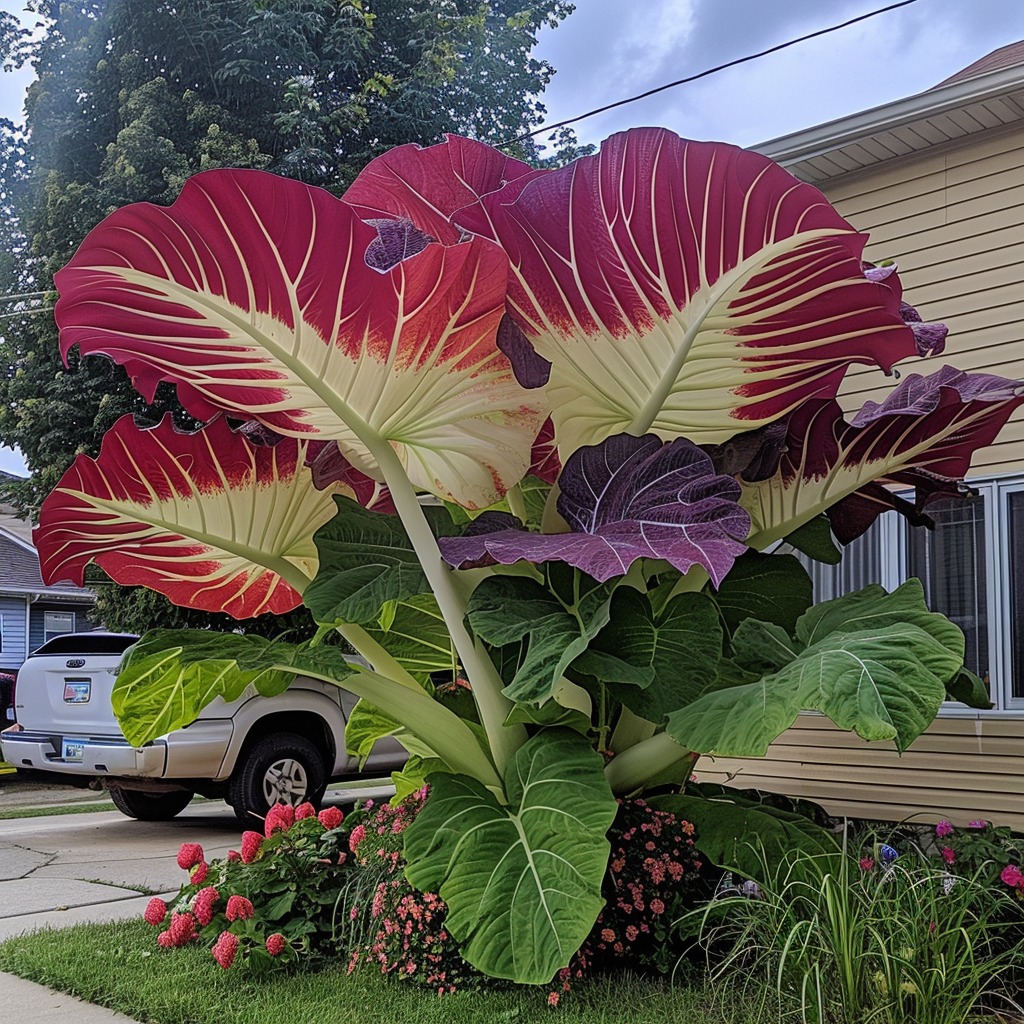
Diversity Adds Depth: Exploring Varieties
The overall diversity within the elephant ear spectrum gives gardeners immense flexibility and invites creativity. For instance, the newly introduced cultivars like Mojito and Tea Cup lend fresh variations in size, color, and texture. Such innovations in plant breeding offer exciting potential for those seeking unique elements in their outdoor spaces. As different varieties come forth, each with distinct characteristics—ranging from variegated leaves infused with cream to oversized palmate foliage—the canvas of a garden evolves continuously .
Care Considerations: A Perspective on Growth
Cultivating healthy, thriving elephant ear plants begins with understanding their care needs. Despite their tropical allure, they require specific conditions such as warm temperatures, ample moisture, and rich soil. The relationship you establish with these plants illustrates a broader ecological interaction; maintaining balance within your environment allows plant life to flourish. Think of it as nurturing a friendship—investing time and effort results in rewarding rewards. Step back occasionally, observing the interplay between sun, moisture, and nutrients, almost like appreciating a complex choreography unfolding over time .
Gardening itself becomes a metaphorical reflection of life. By engaging with the distinctive needs of various elephant ear types—from the practical Colocasia to the serene Alocasia—we embrace a deeper understanding of our interactions with nature. Each plant tells a story, contributing to a greater narrative that intertwines our human experiences with the natural world woven beneath our feet.
